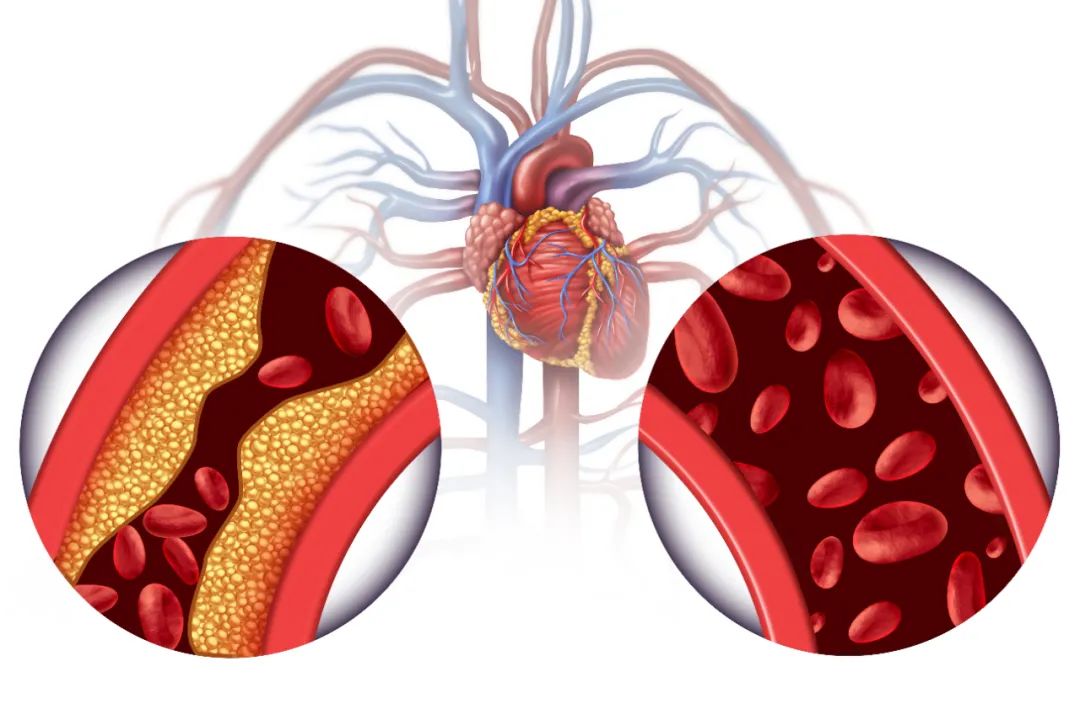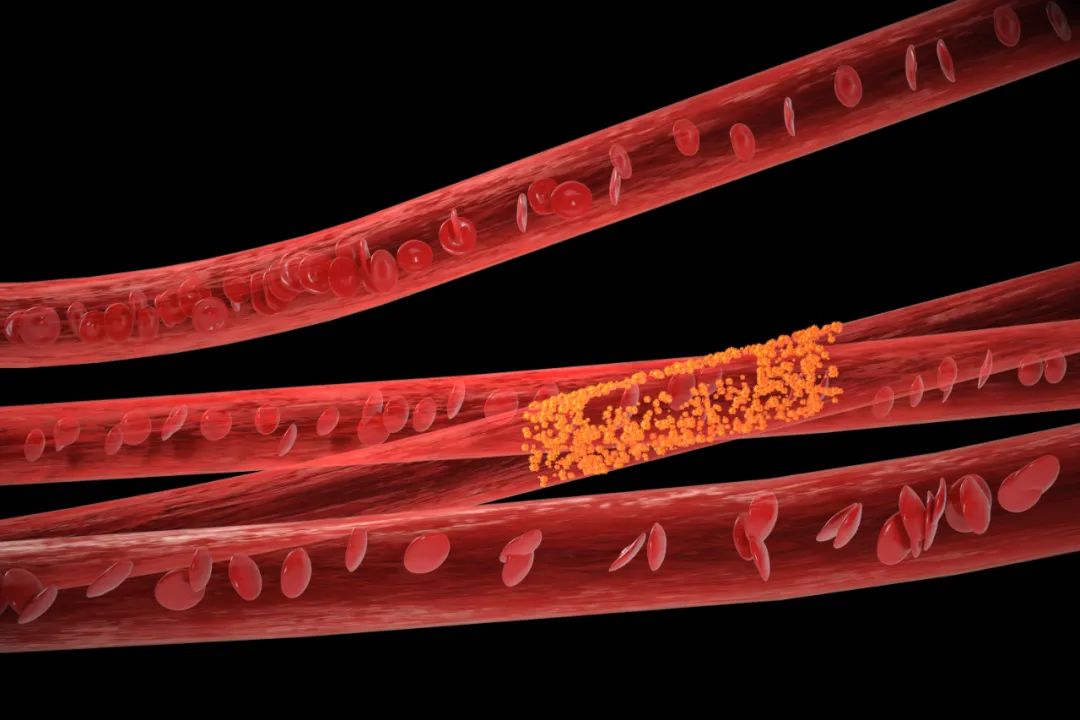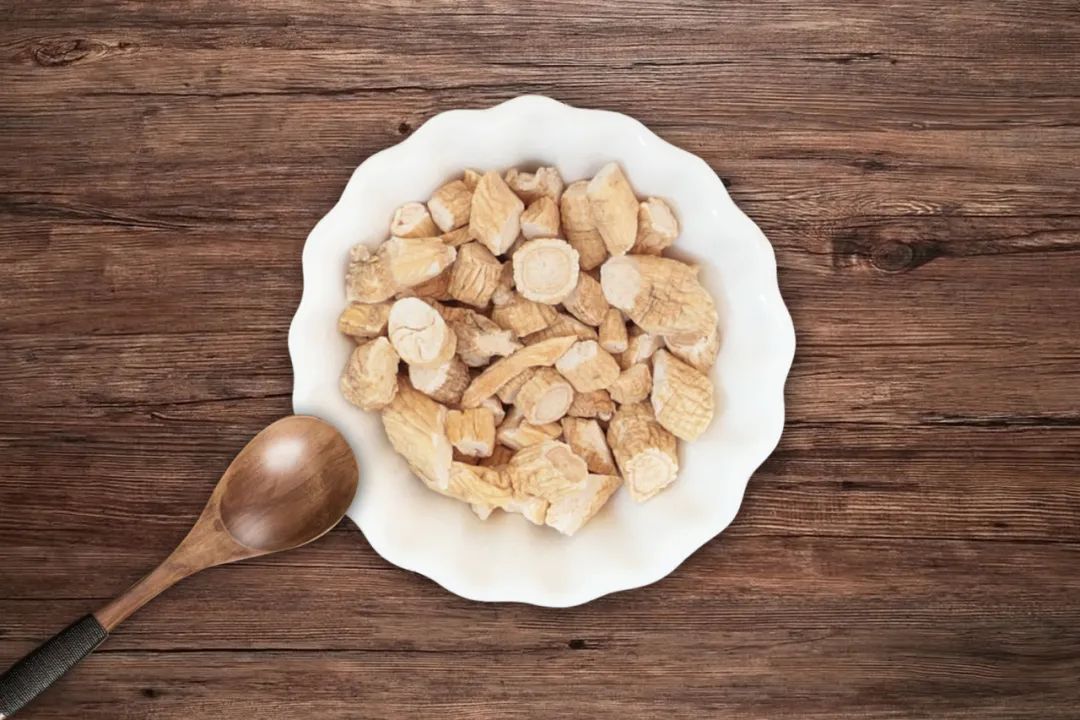
Abstract: “When Qi flows, Blood flows; when Qi stagnates, Blood stasis occurs.” Qi stagnation and Blood stasis often interact with each other.
In Traditional Chinese Medicine (TCM), if the stasis is not removed, Qi will naturally become blocked, and once Qi is blocked, problems will arise in the body. The human body is like a machine that operates continuously; when a part of it malfunctions, other organs will also be affected. Blood stasis is a common “malfunction”.

TCM believes that the relationship between Qi and Blood in the human body is one of mutual causation and coexistence. “When Qi flows, Blood flows; when Qi stagnates, Blood stasis occurs.” Qi stagnation often accompanies Blood stasis, and Blood stasis can also easily cause Qi stagnation.
Qi stagnation and Blood stasis severely affect a person’s health, often leading to symptoms such as lower back pain, leg pain, and a feeling of heaviness and weakness throughout the body. Even after some surgeries, wounds may heal poorly in patients with diabetes or those who have undergone breast surgery. Many people may think this is a common occurrence, but in TCM, it is believed that this may be caused by Qi and Blood stagnation, and the inability of surgical wounds to heal is directly related to “Blood stasis”.

When symptoms of Qi stagnation and Blood stasis appear and are not treated in a timely manner, it can lead to accelerated aging and various chronic diseases.
01
What exactly is “Qi Stagnation and Blood Stasis”?
“Qi Stagnation and Blood Stasis” is a description of a pathological state in TCM.
Qi stagnation, refers to the obstruction of “Qi” in the meridians, leading to a deficiency or accumulation of “Qi”, causing stagnation in the organs and meridians. Different symptoms may arise depending on where the obstruction occurs: Qi stagnation in the spleen and stomach leads to reduced intake, bloating and pain; Qi stagnation in the liver results in rebellious liver Qi, rib pain and irritability; Qi stagnation in the lungs leads to unclear lung Qi, excessive phlegm, and coughing; Qi stagnation in the meridians results in pain or obstruction in the corresponding areas.

Once Qi stagnation becomes severe, it can lead to “Blood stasis”.
The formation of a Qi stagnation and Blood stasis constitution is a long process, mainly related to factors such as emotions, diet, age, environment, and chronic diseases.
Blood stasis, in TCM, is a broad concept that can be further divided into Qi stasis, cold stasis, damp stasis, and phlegm stasis.
Qi stasis is the most common symptom of Blood stasis, where individuals may exhibit irritability and anger, leading to meridian blockage and poor blood flow; cold stasis is caused by exposure to cold, resulting in Qi stagnation and Blood stasis; damp stasis occurs mainly due to excessive dampness in the body, obstructing blood circulation and causing Blood stasis; another common manifestation of Blood stasis is phlegm stasis, where the essence of phlegm is the secretion caused by pathological changes in tissues and organs, and the accumulation of these substances can affect blood circulation, leading to Blood stasis.

Whether it is Qi stagnation or Blood stasis, either issue can have varying degrees of impact on the body, leading to a Qi stagnation and Blood stasis constitution.
Patients with a Qi stagnation and Blood stasis constitution typically exhibit obvious characteristics of “blockage”.
For example, they may experience: stubborn headaches, depression, cerebral infarction, myocardial infarction, cholecystitis, intestinal dysfunction, lobular hyperplasia of the breast, dysmenorrhea, uterine fibroids, malignant tumors and other symptoms. Medical research has proven that microcirculation obstruction is the basis for many diseases and is one of the important reasons for chronic diseases that do not heal over time, hence the saying “chronic diseases must have stasis”.

Self-Check for Qi Stagnation and Blood Stasis:
Feeling weak or lacking energy when speaking, often feeling fatigued and not wanting to talk.
Pale or dull complexion.
Frequent palpitations, chest tightness, or intermittent chest pain, dark lips, and a tongue with purple coloration.
Experiencing stabbing pain in the ribs, jaundice, poor appetite, abdominal bloating, etc.
Limbs are prone to numbness or even pain, with cold or hot sensations in the hands and feet.
Women may experience abdominal bloating and pain before or during menstruation, with reduced menstrual flow or difficulty in flow, gradually increasing flow, dark purple menstrual blood with clots, and reduced or eliminated pain after passing clots, accompanied by breast and rib swelling before menstruation.
Men may experience discomfort or heaviness in the lower abdomen, perineum, or testicles, or have blood in urine or semen. The tongue may appear purple or have stasis spots.
The tongue may appear dark purple or have stasis spots, and the pulse may be deep and thin.
Often irritable and easily angered, unable to remain calm in stressful situations, frequently anxious or angry.
02
Aging, forgetfulness, and cardiovascular diseases may be caused by Qi stagnation and Blood stasis.
Individuals with Qi stagnation and Blood stasis often exhibit symptoms of insufficient Qi and Blood, such as a dull complexion and purple lips, which can accelerate aging.
Qi and Blood are the source of life; only when Qi and Blood are abundant can the body maintain a healthy and youthful state. Conversely, this can lead to a series of bodily harms:
Accelerated Aging
If a person’s Qi and Blood flow smoothly, the body is less likely to be oxidized. Conversely, if Qi and Blood accumulate and cause blockages, it will affect basic life activities such as diet and sleep. Blood stasis disrupts the body’s microcirculation, preventing normal digestion and metabolism. When the body’s detoxification system slows down, the patient will experience accelerated aging.

Easy Irritability and Forgetfulness
Blood stasis leads to Qi and Blood accumulation and poor circulation, which can affect normal brain function. Additionally, individuals with a Blood stasis constitution may experience poor digestion and nutrient absorption, which can also impact normal brain function, leading to forgetfulness and irritability.
Causing Cardiovascular Diseases
Conditions such as myocardial infarction are generally caused by Blood stasis in a specific area of the heart, obstructing normal Qi and Blood circulation. Blood stasis not only affects heart activity but also impacts normal respiratory and microcirculatory functions. Many conditions, such as tumors and gastrointestinal diseases, are related to Qi stagnation and Blood stasis. If similar symptoms appear, one should consider whether Blood stasis has developed in the body.

Causing Bruises and Stabbing Pain
Blood stasis is generally caused by poor blood circulation in the body. When blood is blocked in a certain area, it can lead to bruising and pain upon pressure, indicating that blood circulation has encountered issues. If unexplained bruises frequently appear, it is necessary to adjust the body to help Qi and Blood circulate smoothly to eliminate the bruises.
03
Five Methods to Promote Blood Circulation and Resolve Stasis, Improve Constitution!
Patients with hypertension, hyperlipidemia, and hyperglycemia are prone to phlegm-damp Blood stasis, and severe cases may lead to heart attacks or strokes; women often experience Qi stagnation and Blood stasis, leading to menstrual irregularities and signs of aging; the elderly often have symptoms of Qi deficiency and Blood stasis, resulting in weakness, numbness, fatigue, and poor mental state.
Resolving stasis is a primary concern for most patients, but blindly attempting to resolve stasis may not yield significant effects. Proper adjustment and improvement should start from the root cause, with targeted and precise improvements.
Exercise
Lack of exercise is a common factor leading to Qi stagnation and Blood stasis; therefore, increasing physical activity is an important method of improvement. Patients with Qi stagnation and Blood stasis often have poor constitutions, so they should choose suitable forms of exercise, such as yoga or tai chi, and the duration of exercise should not be too long to allow the body to adapt.

Medicinal Health
Some patients with severe Qi stagnation and Blood stasis may require medicinal intervention for adjustment. Commonly used herbs in clinical practice for promoting blood circulation and resolving stasis include Di Huang (Rehmannia), Dan Shen (Salvia), Wu Jia Pi (Acanthopanax), Di Yu (Sanguisorba), Chuan Xiong (Ligusticum), Dang Gui (Angelica), Xu Duan (Dipsacus), and Chong Wei Zi (Ligusticum). Patients can use these herbs under medical guidance.

Mental Adjustment
Qi stagnation and Blood stasis are closely related to mental stress, depression, and emotional fluctuations. Therefore, patients with Qi stagnation and Blood stasis should also focus on mental health. Adjusting one’s mindset, choosing suitable methods to relieve stress, cultivating optimistic and positive emotions, and stabilizing one’s mental state are essential.
Dietary Adjustment
Individuals with Qi stagnation and Blood stasis should pay attention to a light diet, reducing or avoiding salt and monosodium glutamate to prevent increased blood viscosity and worsening Blood stasis. It is advisable to consume foods that tonify Qi and Blood, promote blood circulation, and resolve stasis, such as Da Zao (Jujube), Ejiao (Donkey-hide Gelatin), Tao Ren (Peach Kernel), He Tao Ren (Walnut), Ping Guo (Apple), and Wu Gu Ji (Silkie Chicken). Cold foods should be avoided to prevent affecting Qi and Blood circulation, and it is also advisable to avoid foods that cause bloating or are high in fat and sugar.

In addition, it is important to avoid smoking and drinking, which can affect overall treatment.
Gua Sha Therapy
Gua Sha can also help to promote Qi and Blood circulation and eliminate toxins from the blood vessels, thus regulating Qi and Blood. It can be performed 1-2 times a week, but the correct method must be chosen to effectively improve the state of Qi stagnation and Blood stasis.
In Conclusion:
In fact, the primary treatment for Qi stagnation and Blood stasis is to promote blood circulation and resolve stasis, but it is also important to tonify Qi. Maintaining a good daily routine, a healthy and balanced diet, and appropriate daily exercise are essential for preventing Qi stagnation and Blood stasis. For those with severe symptoms, timely medical diagnosis is necessary to avoid delaying treatment.

*This article is originally from the Laibang Team’s popular science account. Images are sourced from Shetu Network and 360 official website. Unauthorized reproduction is prohibited; please leave a message for authorization.


What to do if your gastrointestinal health is poor in autumn? A few tips to improve your gut health.
Experiencing low blood pressure due to insufficient cerebral blood supply? You can balance it through three methods.
Do you know how common this orthopedic disease is, which affects 7.1% of the population?
For a more visually appealing article, click here.


